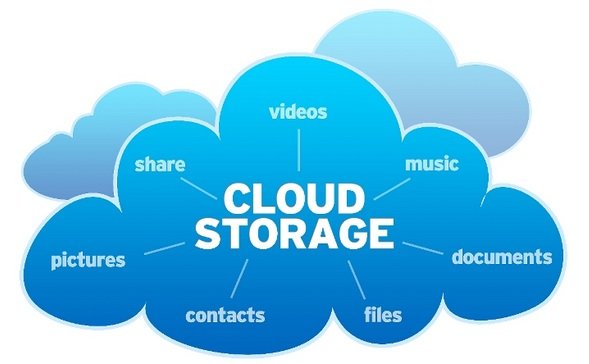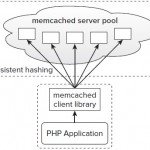How To Use Cloud-Based Storage Wisely
Typically, companies turn an eye to cloud-based storage solutions because they’re experiencing some sort of pain they believe the cloud might alleviate. The truth is that just because cloud-based storage can benefit some companies doesn’t mean it will benefit all. Often, success or failure depends greatly on an enterprise’s unique traits and circumstances. Generally, says James Bagley, SSG-Now senior analyst, “the economics of cloud storage, the benefits of elastic storage for certain workloads like development and test, as well as the ability to ‘rent’ rather than purchase infrastructure are advantages,” while disadvantages can include an inability to access or restore data rapidly, possible vendor lock-in or shutout, and the requirement for a data security plan.
Cloud-based storage working well, however, requires that the “right approach is taken depending on storage workload,” says Clive Longbottom, Quocirca founder. So, although greater levels of data availability and security are potential benefits of a public cloud storage service, if used for the wrong reasons. (price reasons only, for example), the move “could bring your organization down,” he says. For this reason and others it’s imperative that executives and business owners understand how cloud-based storage can work best before committing.
Pain Points Using Cloud-Based Storage
According to surveys conducted by Forrester (www.forrester.com), senior analyst Henry Baltazar says, the top reason by a large margin that organizations eye a move to cloud-based storage from a LOB (line of business), developer’s, or programmer’s perspective is the belief it will help them do their job faster. Similarly, Terri McClure, Enterprise Strategy Group (www.esg-global.com) senior analyst, cites possible time-to-market strategic advantages. For example, while configuring and provisioning storage capacity in the traditional IT department fashion can extend time to market times and create a business disadvantage, “The speed and flexibility at which you can provision storage in a cloud environment, basically it’s flip a switch and you’re up and running,” she says. After speed, Baltazar says, the next top reason organizations cite for eyeing cloud storage is elasticity, both in terms of scaling out and scaling down infrastructure.
The latter is “the really important part,” he says. Scaling out infrastructure conventionally essentially means buying a bigger box or bigger scale of architecture, Baltazar says. This, however, is a one-way escalation unlike the cloud. “If I buy $1 million worth of stuff, that can’t just go away” after a project is completed, he says. McClure says the speed and flexibility aspects of cloud storage also provides a strategic advantage to IT managers, who are “clearly facing a demarcation of IT” due to business departments increasingly making IT decisions because it’s much faster and easier “to go to the cloud than deal with the internal IT team.” By embracing the cloud, IT can respond to provisioning requirements at “cloud speed vs. classic IT time,” meaning hours or days vs. many months to provision Tier 1-type applications. If IT doesn’t stay competitive with the cloud, McClure says, it will start losing their constituents to the cloud. “That’s another pain point,” she says.
Costs and overhead are other cloud-based storage drivers, McClure says, especially for midsize companies that can’t afford to keep various storage managers on hand. By going to cloud-based storage vs. buying, racking and stacking, managing, and paying people to tune storage and do capacity planning on premises, numerous cost savings are possible, she says. In terms of data availability and security, if a cloud storage service is well-implemented and managed it can provide far higher levels than most organizations can costeffectively maintain themselves, Longbottom says.
Cloud storage providers, he says, should focus on ensuring they architect their storage for optimum cost-effectiveness, as well as ensure that business continuity via mirroring is implemented and
backup and restore abilities are fully optimized through the use of snapshots. Providers should also be able to demonstrate solid security levels, both in terms of data and the physical security of facilities, he says.



























